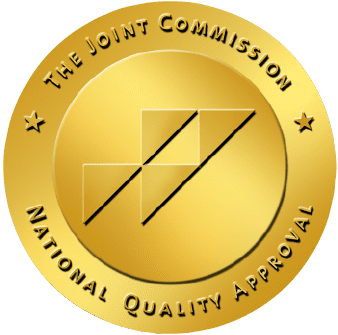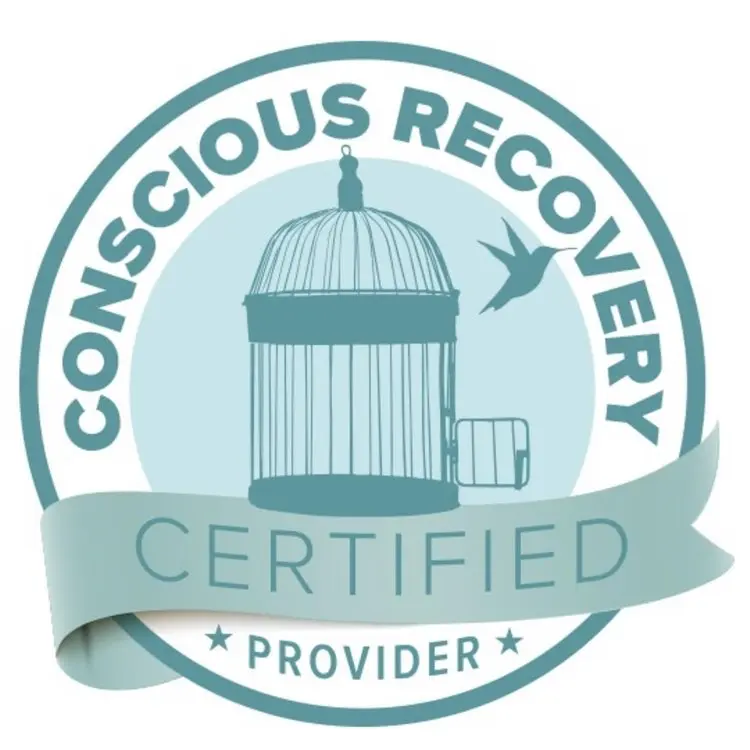Complex trauma refers to exposure to multiple traumatic events, often of an invasive, interpersonal nature, and the wide-ranging, long-term effects of this exposure. These events are typically chronic and begin in childhood or adolescence, occurring within the child’s caregiving system or social environment. Complex trauma can fundamentally alter a person’s sense of safety, identity, and ability to regulate emotions and navigate relationships.
Unlike single-incident trauma (such as a car accident or natural disaster), complex trauma involves repeated or prolonged exposure to traumatic situations such as:
The defining feature of complex trauma is that it typically occurs within relationships where the individual should feel safe and protected, creating profound impacts on development, attachment, and identity formation.

Contact us today at 858-500-1542 to begin crafting your path to holistic healing.
Complex Post-Traumatic Stress Disorder (Complex PTSD or C-PTSD) is a diagnostic term that describes the psychological impact of complex trauma. While sharing some similarities with PTSD, Complex PTSD includes additional symptoms that reflect the depth and developmental effects of prolonged trauma, particularly when it occurs during formative periods.
While both conditions stem from trauma exposure, there are significant differences:
|
PTSD |
Complex PTSD |
|
Often stems from a single traumatic event |
Results from prolonged, repeated trauma |
|
Core symptoms include re-experiencing, avoidance, and hyperarousal |
Includes PTSD symptoms plus disturbances in self-organization |
|
May develop at any age |
Often has roots in childhood or adolescence |
|
Focus on fear response to specific trauma |
More pervasive impacts on identity and relationships |
Complex PTSD was officially recognized in the ICD-11 (International Classification of Diseases) in 2018, though many clinicians had recognized this distinct pattern of symptoms for decades before its formal classification. Research indicates that chronic trauma is more strongly predictive of Complex PTSD than PTSD alone, with Complex PTSD associated with greater impairment in functioning.
Complex PTSD includes the core symptoms of PTSD along with additional disturbances that reflect the profound impact of prolonged trauma. Understanding these symptoms is crucial for proper diagnosis and treatment.
Beyond these core PTSD symptoms, Complex PTSD also includes:
These comprehensive symptoms reflect how complex trauma impacts nearly every aspect of functioning, from neurobiological systems to identity and relationships.
Understanding the neurobiological impacts of complex trauma helps explain why its effects are so profound and why specialized treatment approaches are necessary.
When trauma occurs during critical developmental periods, it can shape how the brain develops:
Several neuroimaging studies have found that the brain changes associated with Complex PTSD appear to be more extensive than those observed in individuals with PTSD from single-event trauma, with more significant impacts on brain areas responsible for emotional regulation and cognitive functioning, correlating with the additional symptom clusters that define Complex PTSD.
A helpful framework for understanding trauma’s impact is the “window of tolerance” — the optimal zone of arousal where a person can function effectively. For those with complex trauma:
While anyone can develop Complex PTSD after prolonged trauma exposure, certain factors may increase vulnerability:
Understanding these factors helps determine who might need specialized support and intervention while highlighting the importance of protective factors in fostering resilience.
There has been significant discussion in the clinical community about the relationship between Complex PTSD and Borderline Personality Disorder (BPD), as both conditions share several features and often have similar trauma histories. Many individuals with Complex PTSD are misdiagnosed with BPD due to their overlapping symptoms. Understanding these similarities and differences can help clarify diagnosis and treatment paths.
Both conditions commonly involve:
|
Feature |
Complex PTSD |
BPD |
|
Self-concept |
Consistently negative and stable |
Unstable, fluctuating between idealization and devaluation |
|
Attachment style |
Primarily avoidant with consistent difficulty trusting |
Unpredictable, alternating between clinging and pushing others away |
|
Diagnostic requirements |
Explicitly requires history of prolonged trauma |
Trauma not required in diagnostic criteria (though often present) |
|
Symptom stability |
Symptoms relatively stable over time |
Symptoms may fluctuate more dramatically |
Some researchers suggest that a subgroup of people diagnosed with BPD, particularly those with clear histories of complex trauma, might be better understood through the lens of Complex PTSD. This view proposes that these conditions may exist along a spectrum of trauma-related disorders rather than as entirely separate diagnoses.
For some individuals, what appears as BPD may be Complex PTSD, or their symptoms may reflect both conditions simultaneously. This overlap highlights the importance of trauma-informed assessment and treatment approaches that address the underlying trauma regardless of the diagnostic label.
Effective treatment for Complex PTSD typically involves a phased approach addressing safety, trauma processing, and integration. This typically includes:
Several therapeutic modalities have shown effectiveness for Complex PTSD:
EMDR has strong evidence for treating trauma by helping the brain process traumatic memories through bilateral stimulation. For complex trauma, EMDR protocols may be modified to include more extensive preparation and focus on strengthening resources before processing traumatic memories.
At Monima Wellness, EMDR therapy is offered as part of their comprehensive trauma treatment program, allowing clients to address the root causes of their symptoms in a safe, supportive environment.
DBT combines cognitive-behavioral techniques with mindfulness and acceptance strategies. It’s particularly helpful for addressing the emotional dysregulation and relationship difficulties common in Complex PTSD. Skills taught include:
Monima’s DBT-trained clinicians offer Dialectical Behavior Therapy to help women develop practical skills for managing intense emotions and navigating relationship challenges with greater confidence.
CPT helps individuals identify and challenge unhelpful thoughts and beliefs related to their trauma. For Complex PTSD, CPT can address deeply held negative beliefs about oneself, others, and the world that developed in response to chronic trauma.
These body-centered approaches recognize that trauma is stored in the body as well as the mind. They help individuals:
Monima Wellness incorporates several body-based healing modalities, including trauma-informed yoga, breathwork, and acupuncture, which can be particularly effective for addressing the physical manifestations of trauma stored in the body.
IFS views the mind as naturally consisting of sub-personalities or “parts,” and works to heal these parts that may carry trauma. This approach can be particularly helpful for complex trauma, as it:
While medications can’t cure Complex PTSD, they may help manage specific symptoms:
Medication is most effective when used as part of a comprehensive treatment plan. At Monima, psychiatric medication management is provided by specialists who understand the unique needs of women with trauma backgrounds.
Complex trauma may present differently and require specific approaches for different groups:
Women face unique challenges related to complex trauma:
Monima Wellness Center specializes in women’s mental health, recognizing these unique factors. Their women-centered approach provides a safe space to address gender-specific aspects of trauma without judgment or pressure to conform to societal expectations.
Cultural factors influence how trauma is experienced, expressed, and healed:
Culturally responsive trauma treatment acknowledges these factors and adapts approaches accordingly rather than imposing a one-size-fits-all model.
Complex trauma often co-occurs with other conditions:
Effective treatment addresses these interconnected issues. Monima’s integrated approach recognizes these connections, offering comprehensive treatment for co-occurring disorders that addresses both trauma and other conditions simultaneously.
If someone you care about is living with Complex PTSD, your support can make a significant difference in their healing journey:
Encourage seeking professional support if you notice:
Contact us today at 858-500-1542 to begin crafting your path to recovery.
At Monima Wellness Center in San Diego, a specialized approach to treating complex trauma in women combines evidence-based treatments with holistic healing modalities in a trauma-informed, gender-specific environment.
Monima offers multiple levels of care specifically designed for women with trauma histories:
Each woman’s journey begins with thorough neuropsychological testing to ensure accurate diagnosis and personalized treatment planning.
Recognizing that trauma affects the whole person, Monima’s approach addresses:
This comprehensive approach acknowledges that healing from complex trauma involves more than just addressing symptoms—it means rebuilding a sense of safety, reclaiming personal identity, and restoring the capacity for healthy connection.
For women with complex trauma histories, feeling safe is the essential foundation for healing. Monima creates this safety through:

If you or someone you love is struggling with the effects of complex trauma, reaching out for support is an act of courage. Healing is possible, and you don’t have to walk the path alone.
Contact us today at 858-500-1542 to begin crafting your path to recovery.
Find out if Monima is the right treatment center for you or your loved one. Please note: we are an insurance-friendly organization.

